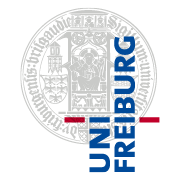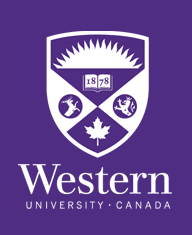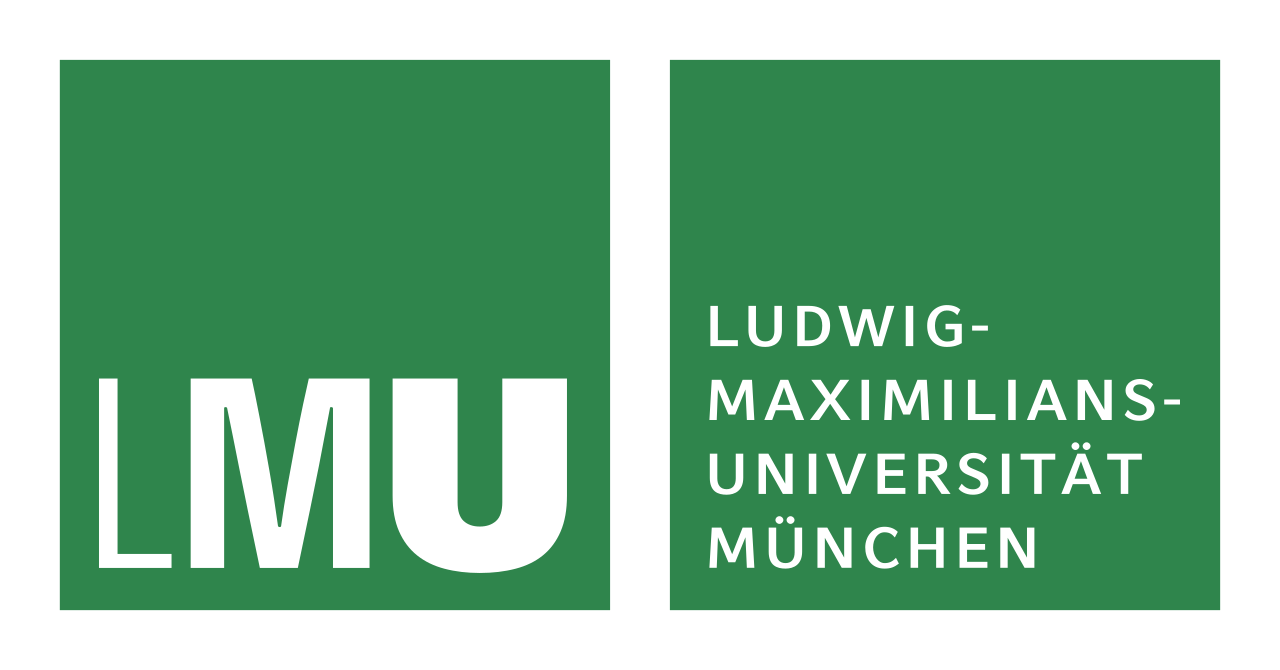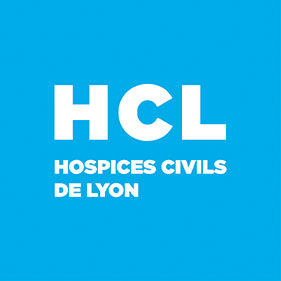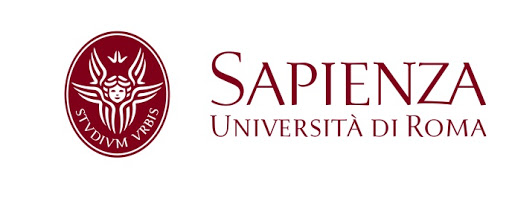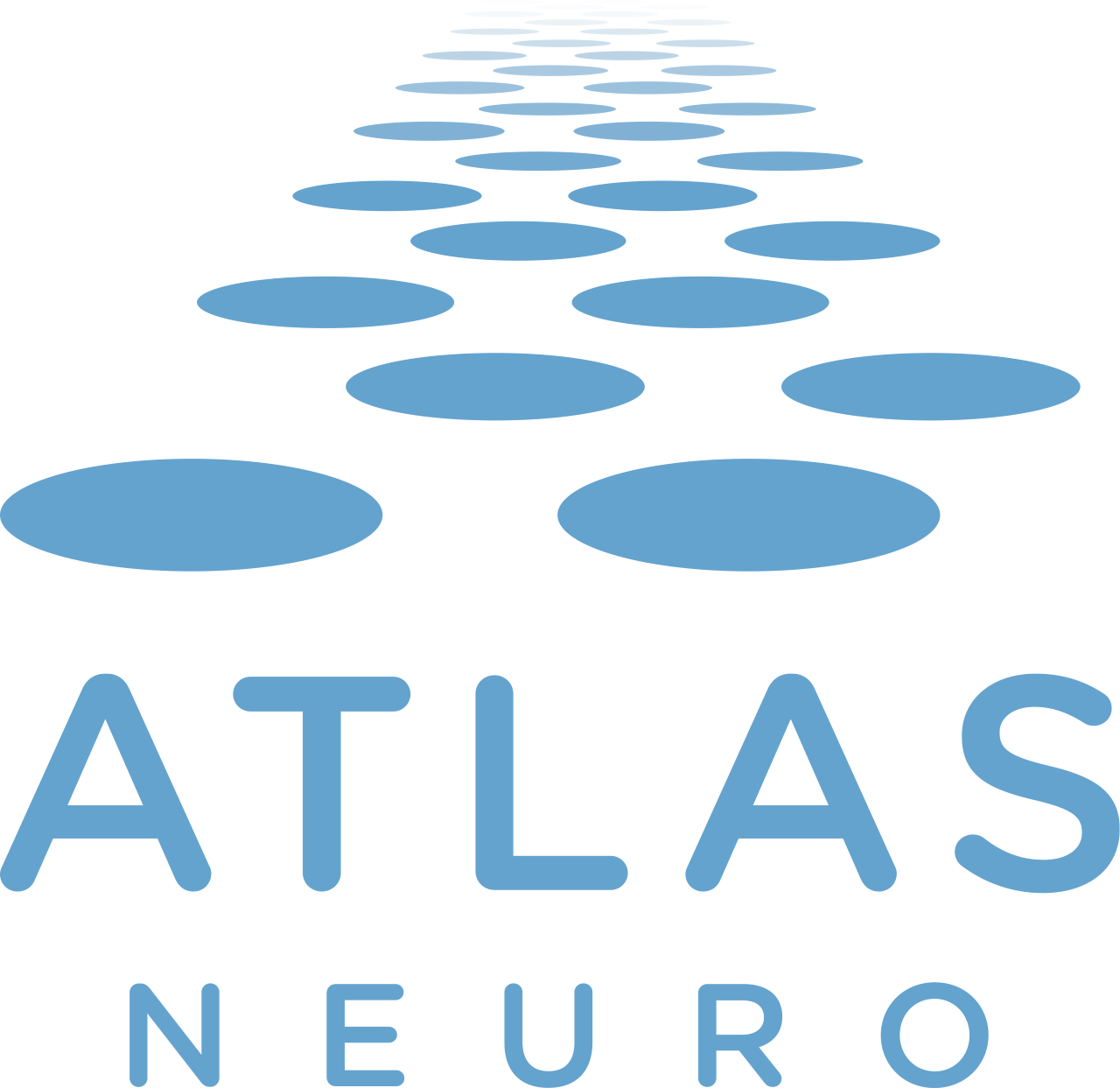ESR 11
Cortical and Sub-Cortical Interactions During Reach, and their Reconfiguration after Cortical Lesion
- Early Stage Researcher 11 (ESR 11) name: Viviane Tenorio
Email address: viviane.tenorio@newcastle.ac.uk
Personal Information:
I completed my BEng and MSc in Electrical Engineering at Federal University of Campina Grande, in Brazil. My main background is on Signal Processing and Information Theory applied to neuroscience.
My interests are motor control, neural dynamics, control network, brain connectivity.
Publications:
Phase-lag synchronization analysis in complex systems with directed inter-relations VSG Martins, AC Rodrigues, HA Cerdeira, BS Machado The European Physical Journal Special Topics 225 (1), 41-49
- Host Institution: Newcastle University
- Planned secondments:
(1) FORTH Foundation for Research and Technology, 18/03/2024 – 06/04/2024
After gathering unique datasets at Newcastle University, Viviane (ESR 11), went on a Secondment at F.O.R.T.H. (Crete, GR) under the supervision of Vassilis Raos to study decoding techniques and inter-area communications. For three weeks, alongside Raos’ group, she analyzed reticular formation, premotor and primary motor cortex areas to decode hand movement. Moreover, she worked on the information flow between the brain areas – all of which are very relevant topics to her PhD thesis. The connection made there, with both other PhD students and supervisors, are of great value and the overall experience was extremely rewarding.
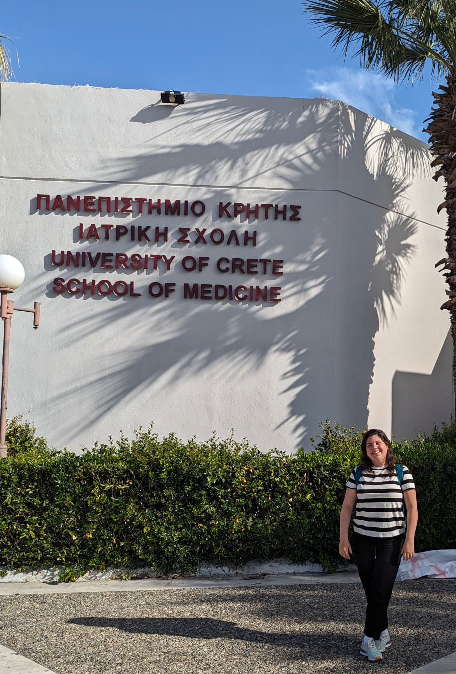
(2) Aix-Marseille University, 15/04/2024 – 04/05/2024
- Supervisors: Prof S Baker
- Project title: Cortical and Sub-Cortical Interactions During Reach, and their Reconfiguration after Cortical Lesion
- Project description:
re-motor cortical areas influence movement via connections to M1, the spinal cord and the reticular formation. The highly distributed system is especially amenable to reconfiguration, enabling recovery after damage. Previous work has focussed mainly on oscillatory activity, but oscillations are strongly attenuated during movement – the very moment when we expect inter-site communication to be greatest.We will use latent factor analysis of multiple neuron activity to extract low-dimensional neural dynamics for each area, and search for signatures of inter-areal communication. Retrograde viral transfection with inhibitory optogenetic constructs will then be used to produce temporally and anatomically-specific inactivation (e.g. of projections from SMA to reticular formation), allowing us to test the behavioural effect of disrupting communication. Finally, we will perform a lesion of the primary motor cortex using endothelin 1 injections, which generates ischaemia similar to stroke, and study how neural dynamics change during recovery.
Contact: email Prof Baker
More information:



